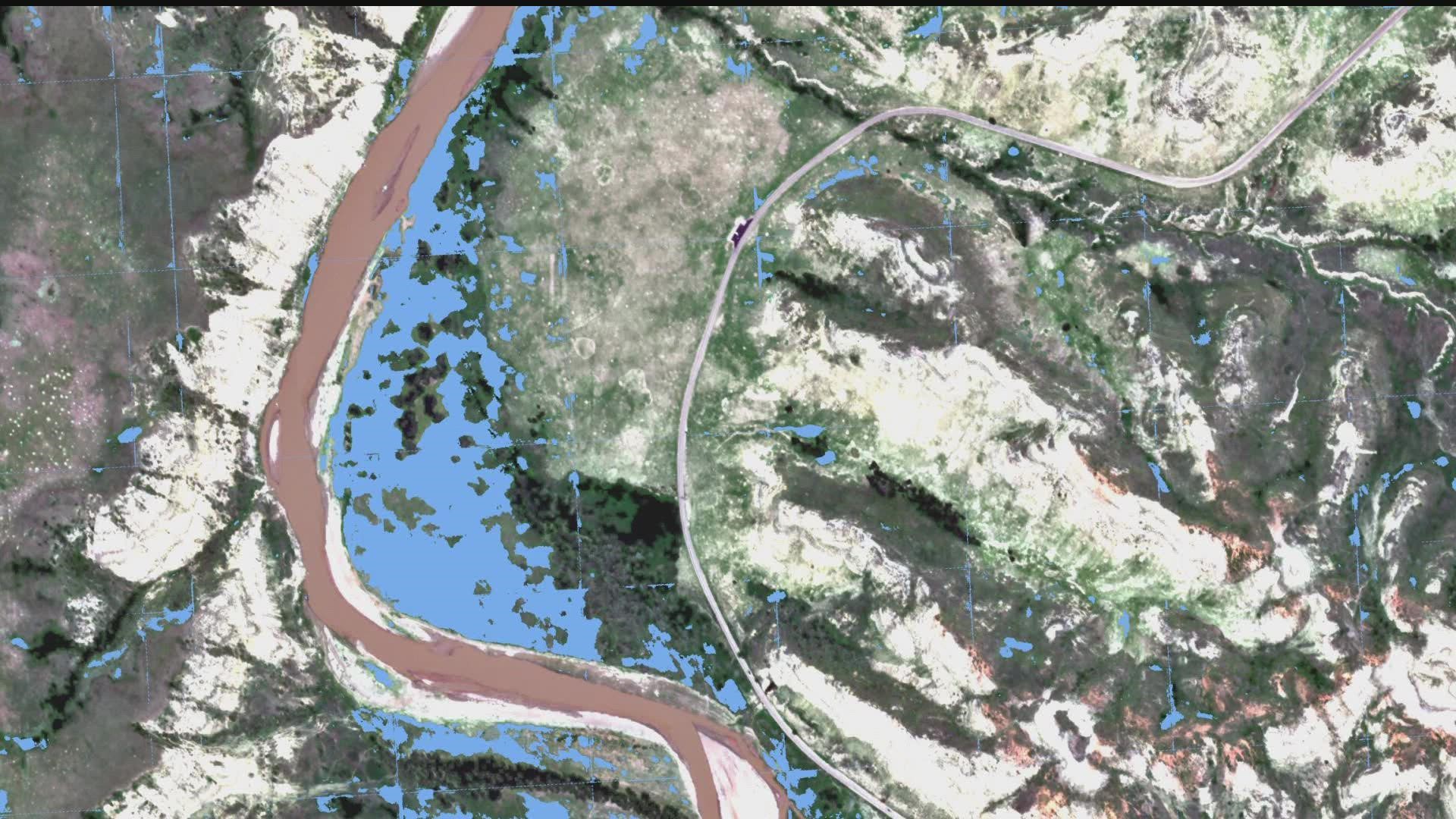MINNEAPOLIS — A satellite that's flying more that 700 miles above earth is capturing research that could save the United States billions of dollars in economic loss from invasive plants.
"We were really excited to find that it worked so well at identifying leafy spurge populations," University of Minnesota research scientist Ryan Briscoe Runquist said.
Briscoe Runquist co-authored an invasive plant species study along with University of Minnesota professor David Moeller, and graduate student Thomas Lake. The report focuses on deep learning models known as convolutional neural networks, which allow a computer to learn to identify objects of interest in satellite images.
“Deep learning allows scientists to discover patterns that would have been previously impossible to detect," Briscoe Runquist said.
The work the research team has done will benefit land managers who are in charge of keeping invasive plant species at bay. Some species are spreading so rapidly around the world that traditional methods to treat them have failed. It has created a problem that needs some urgent solving in order to eradicate some of these species in areas they shouldn't be.
The University of Minnesota study is funded by Minnesota Invasive Terrestrial Plants and Pests Center through the Minnesota Environment and Natural Resources Trust Fund recommended by Legislative-Citizen Commission on Minnesota Resources (LCCMR).
The top takeaways from the study include:
- Leafy spurge in the Twin Cities region was detected with greater than 96% accuracy.
- Detection was accurate with higher-resolution imagery, as well as a series of lower-resolution images over time.
- The models incorporating a temporal series of images derived predictive power from the timing of plant emergence, flowering and senescence.
According to the study, future research will track how leafy spurge has spread over the Great Plains in the past 35 years and predict how its distribution is likely to change in the future with climate change.
Watch more local news:
Watch the latest local news from the Twin Cities in our YouTube playlist:

